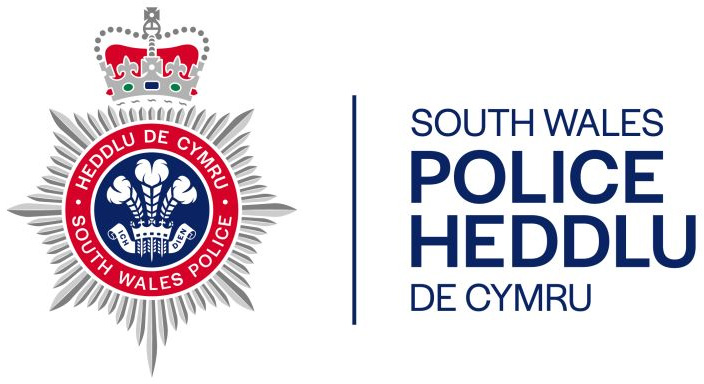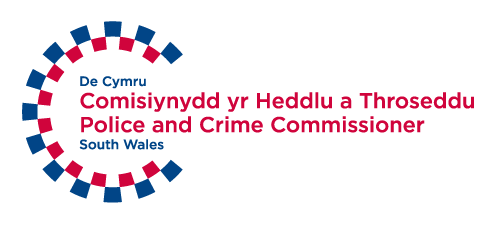|
Good morning, The roads are potentially icy this morning, please be careful when driving in and around the area. Please see the following advice. How to drive on ice
The advice for driving on ice doesn’t differ too much from driving in snowy conditions. If possible, avoid driving, but if you must drive, make sure to prepare well before you set off – check your fuel and make sure your mobile phone is fully charged (in case you get stuck).
When driving, accelerate gently, get into a higher gear as soon as possible, and reduce your speed in general. Keep an eye on the vehicle in front of you as this can give a clue to where patches of black ice are (you may see the vehicle in front skidding slightly). Driving on black ice
Black ice is a thin layer of ice on the road surface that’s usually transparent. Because it's very difficult for drivers to see, it can be one of the biggest dangers of winter driving. It’s important you know how to react if you hit a patch of black ice on the road. Black ice is caused by rain falling on frozen surfaces. It tends to form on parts of the road that don’t get much sun – tree-lined routes and tunnels – as well as on bridges, overpasses and the road beneath overpasses.
When it's cold and there's a risk of ice: If it's slippery, do everything slowly as things can go wrong very quickly.
Avoid harsh braking and acceleration or aggressive steering; reduce your speed smoothly and use brakes gently.
If you do hit black ice, keep calm and avoid sudden or aggressive manoeuvres – don’t hit the brakes but lift of the accelerator fully and try to keep the steering straight, allowing the car to pass over the ice. | 







